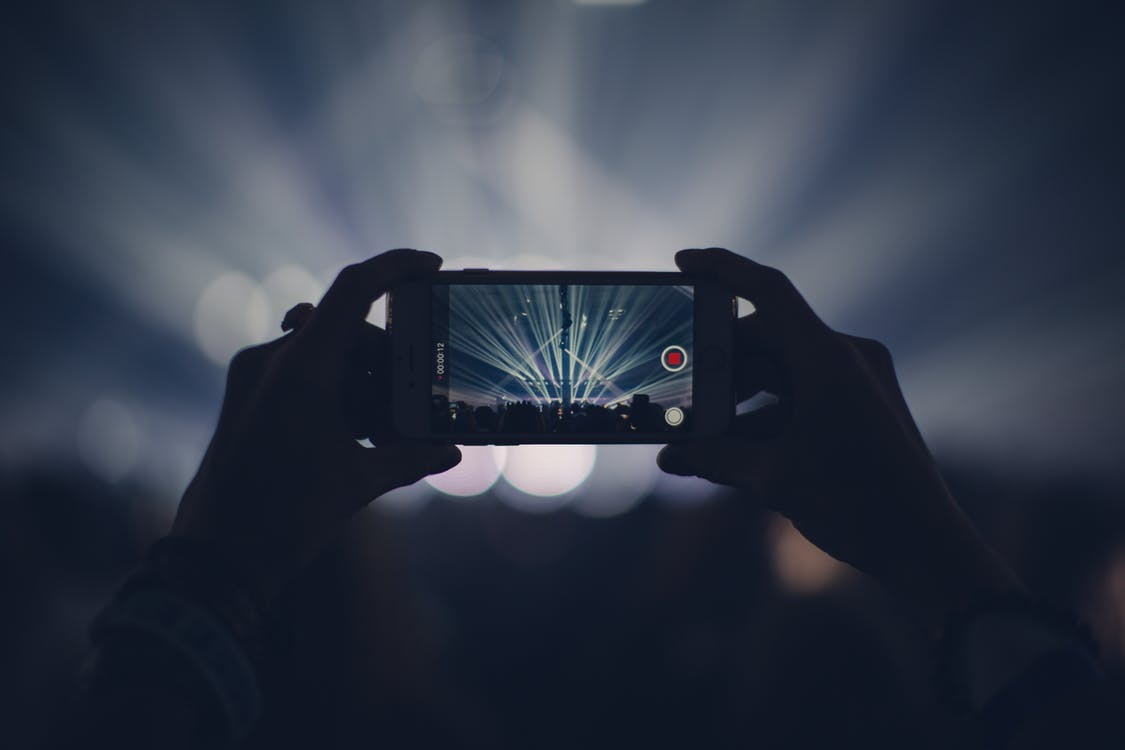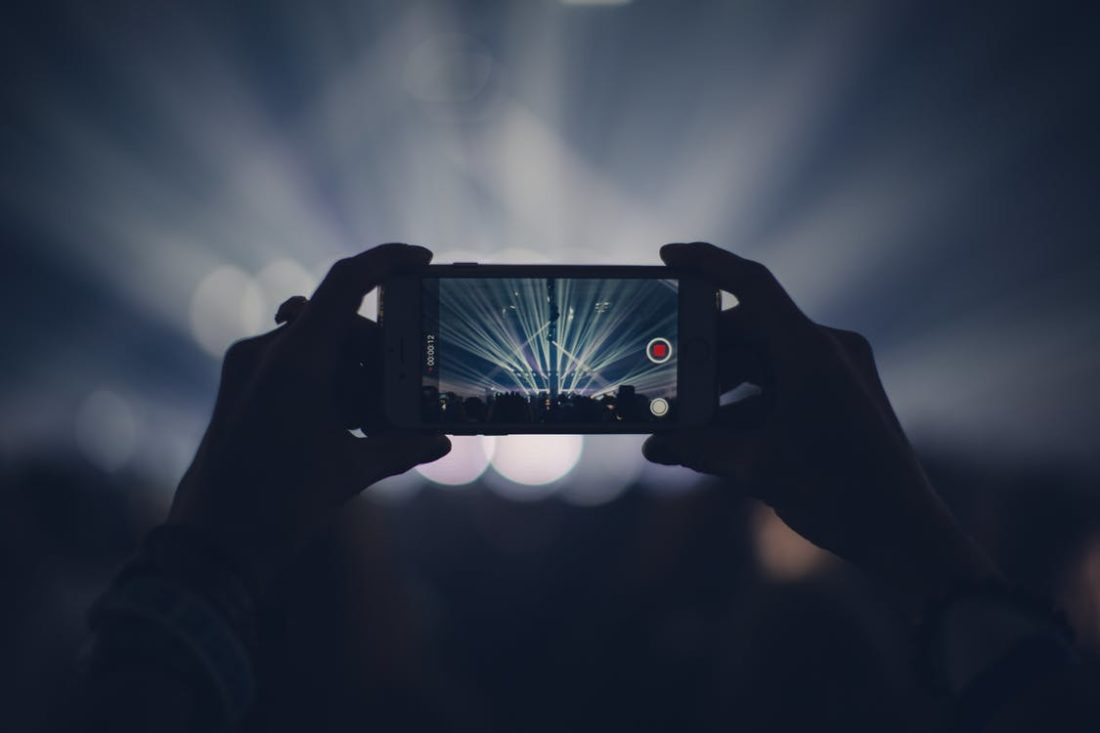
To say that the smartphone has transformed the way that we work would be a gross understatement. We’d bet that most traditional camera manufacturers are seething at the developments as well – especially as so many people have opted to ditch the digital camera and just rely on their trusty phone instead.
However, even though photo-taking capability might have been transferred between devices, this doesn’t mean to say it’s still a breeze. Sure, if you’re happy with any old photo you can snap away as you like, but if you’re looking to send off your pictures for professional photo lab printing a little more time needs to be taken.
This is the purpose of today’s post. We will now take a look at some of the best tips for smartphones that will allow you to take photos that you may not have even realized was possible.
Take advantage of panorama mode whenever applicable
This is perhaps one of the most useful camera features within smartphones. The ability to take a panoramic shot should not be understated – nor should it be overused. In other words, if you are taking a photo of a couple of friends, it’s a feature that shouldn’t be used. If, meanwhile, you have a gaping landscape at your disposal, the panorama feature can work a charm.
Try not to use the LED flash
We have hyped up a lot of the features of the smartphone camera, but let’s now talk about one that you should avoid. The LED flash might look good in the marketing spiel, but in reality it’s a really tricky feature and one that often results in poorer shots.
It tends to result in the subject of your photo becoming overexposed; while there will also be implications for the background which will suffer with the bright flash.
In short, the photo won’t appear anything like natural – and that’s the last thing you want.
Your lens should be treated accordingly as well
If you were to watch any budding photographer you would quickly see that they always pay special attention to the lens of their device.
Just because you have a smartphone, it doesn’t mean to say that you should avoid such advice. Sure, it might look like a tiny element of your phone, but making sure that it’s always free of dust and other debris is paramount if you want to take good photos.
Be a serial image taker
One function which you should always look to use is the serial image one. Admittedly, this isn’t going to be available in some of the older smartphones, but for anything remotely new it should exist.
The purpose of this is to take quick bursts of the same image. Yes, it’s going to clog up your memory, but you can sort that later. Instead, it will give you multiple shots to choose from and even though there is just a split second between each one, you’ll notice a considerable difference between some images which separates the good from the great.
